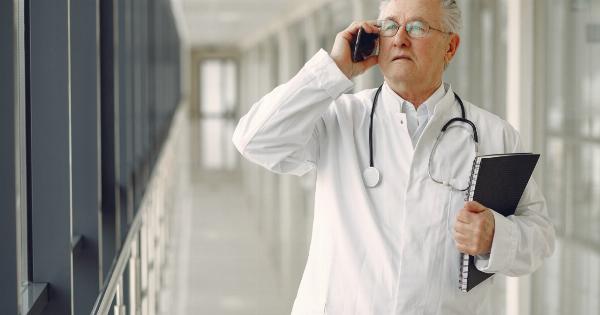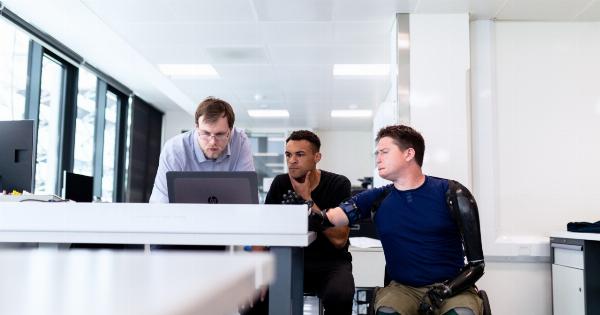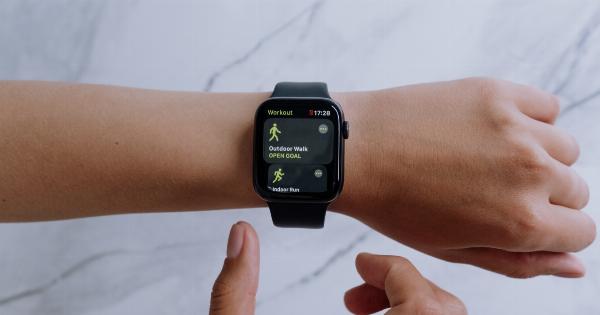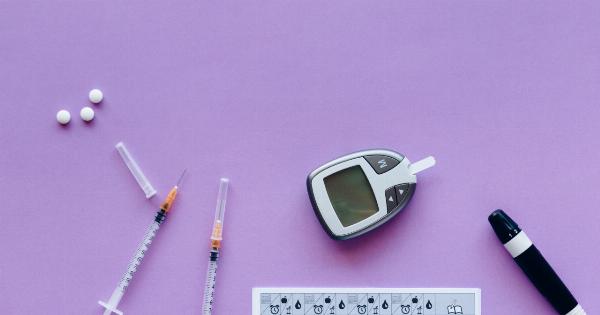The World Health Day is celebrated every year on the 7th of April since 1950, with an aim to raise public awareness about a specific health theme.
This year, the World Health Organization (WHO) has chosen to focus on building a fairer and healthier world for everyone, which includes access to quality healthcare systems. The COVID-19 pandemic has brought the world’s attention to the critical role of health workers and the importance of strong health systems.
In this regard, the transmission technology has played a significant role in the healthcare sector.
The healthcare industry has witnessed an unprecedented growth in the last few years, and this year’s World Health Day is an opportunity to recognize the crucial role played by the transmission technology in the healthcare sector.
What is Transmission Technology?
The term transmission technology refers to the use of technology to transfer information from one point to another.
In healthcare, transmission technology refers to the use of devices and software to transfer medical data, images, and other information from one healthcare provider to another electronically. This can include electronic health records (EHRs), picture archiving and communication systems (PACS), and telemedicine.
Transmission technology has transformed the healthcare industry in many ways, including:.
Improved Communication
Transmission technology has improved communication between healthcare providers, which makes it easier to share information and provide accurate treatment.
Electronic health records, for instance, enable doctors and nurses to update patient information in real-time, making it easier for other healthcare professionals to access the same information.
Remote Access to Medical Care
The COVID-19 pandemic has led to an increase in the use of telemedicine. This is where healthcare providers use communication technology to provide medical care and consult patients remotely.
Patients can consult with their doctor from home, which means they do not have to go to the hospital or clinic physically. Telemedicine has helped to reduce the spread of COVID-19 and other infectious diseases.
Efficient Data Sharing
Transmission technology has made it easier to share medical data between different healthcare organizations. This means patients can get access to medical care faster and more efficiently.
When medical professionals can access a patient’s medical history and test results remotely, they can make informed decisions about the patient’s treatment.
Improved Patient Outcomes
Transmission technology has been a game-changer when it comes to patient outcomes.
With easy access to patient information and faster turnaround times, healthcare providers can make crucial decisions about patient treatment and provide the necessary care faster.
Transmission technology has also allowed for better patient education.
Patients can access health information online, and healthcare providers can send treatment plans and educational materials electronically, making it easier for patients to understand their medical conditions and treatment options.
The Future of Transmission Technology in Healthcare
The healthcare industry is constantly evolving, and the role played by transmission technology is set to grow further. Here are some of the areas where transmission technology is expected to make a significant impact in the coming years:.
AI-Powered Healthcare
The use of artificial intelligence (AI) in healthcare is expected to increase significantly. AI can help to analyze large amounts of data quickly and accurately.
With AI-powered diagnostic tools, healthcare providers will be able to provide more personalized and accurate treatment plans.
Remote Monitoring
Remote monitoring of patients’ vital signs and other health metrics using wearable technology is becoming increasingly common.
Healthcare providers can monitor patients’ health remotely, making it easier to provide timely medical intervention when necessary.
Blockchain Technology
Blockchain technology is expected to play a significant role in the healthcare industry. Blockchain can be used to securely store and share patients’ medical data, making it easier for healthcare providers to access and share this information.
Conclusion
The transmission technology has already transformed the healthcare industry, and its role is set to grow further in the coming years.
With AI-powered tools, remote monitoring, and blockchain technology, healthcare providers will be able to provide timely and accurate medical care to patients, regardless of location.
The COVID-19 pandemic has made it clear that strong healthcare systems are essential to building a fairer and healthier world.
Transmission technology has played a critical role in strengthening these healthcare systems and will continue to do so in the future.































